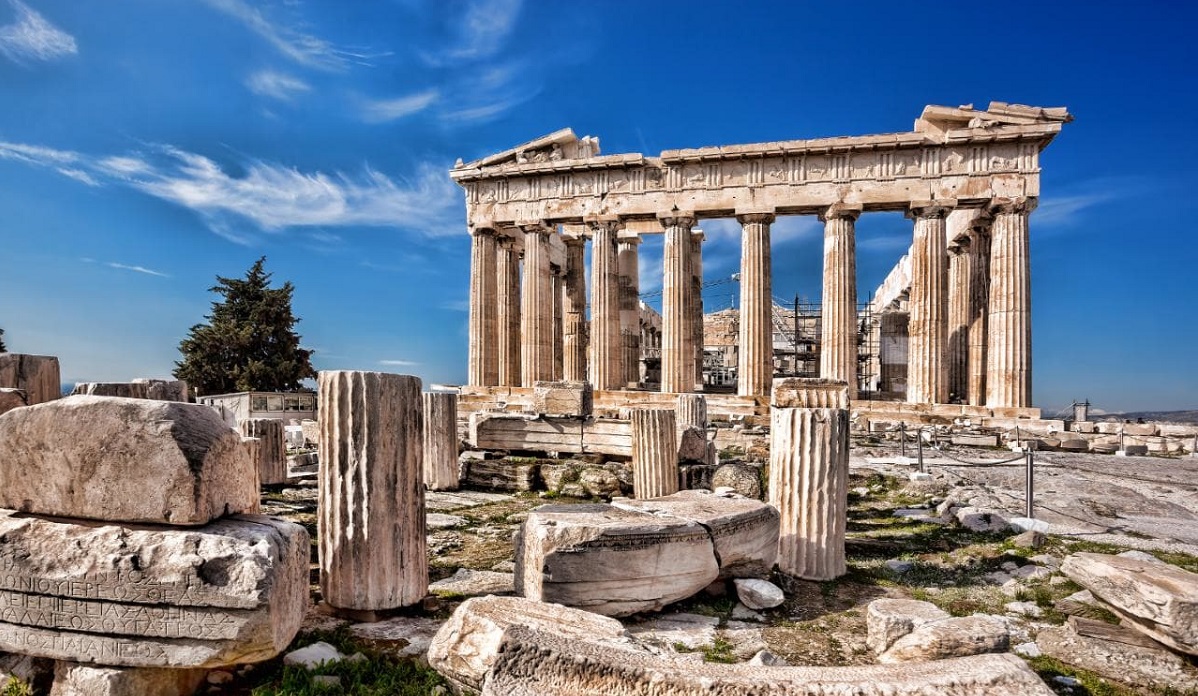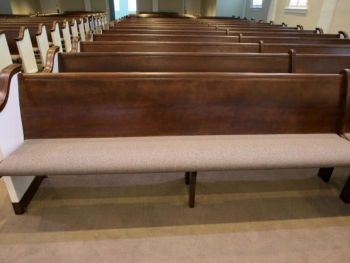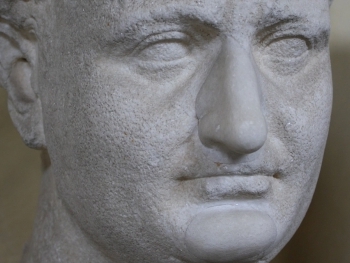As one of the most prominent figures in early Christianity, the life and travels of St. Paul have fascinated scholars and believers alike for centuries. Thanks to ongoing archaeological excavations in Turkey and Greece, we are learning more than ever before about the world in which St. Paul lived and preached.
One of the most significant archaeological sites related to St. Paul is the ancient city of Ephesus, located on the coast of Turkey. It was here that St. Paul is said to have spent two years preaching and establishing a Christian community. Today, visitors to Ephesus can walk through the ruins of the city, which includes a large amphitheater, a library, and several other impressive structures. Archaeologists have also uncovered a number of Christian artifacts in Ephesus, including inscriptions and symbols that suggest the presence of an early Christian community.
Another important site related to St. Paul is the city of Corinth, located in modern-day Greece. Corinth was a major center of commerce and culture during the time of St. Paul, and it was here that he is said to have established a church and written several of his letters to the Corinthians. Today, visitors to Corinth can see the ruins of the city's ancient marketplace, as well as the remains of the Temple of Apollo and other important structures. Archaeologists have also uncovered a number of Christian artifacts in Corinth, including a baptismal font and several inscriptions.
Other important archaeological sites related to St. Paul include Philippi, Thessaloniki, and Athens, all located in modern-day Greece. Each of these cities played a role in the spread of Christianity in the ancient world, and excavations in each location have uncovered evidence of early Christian communities.
Perhaps the most significant archaeological find related to St. Paul, however, was discovered not in Turkey or Greece, but in Rome. In 2009, archaeologists announced the discovery of a tomb believed to be that of St. Paul, located beneath the Basilica of St. Paul Outside the Walls. The tomb includes inscriptions that suggest it may indeed be the final resting place of the apostle, and the discovery has sparked renewed interest in St. Paul's life and teachings.
Ongoing archaeological excavations in Turkey and Greece are shedding new light on the life and travels of St. Paul, one of the most important figures in early Christianity. From the ancient city of Ephesus to the ruins of Corinth, these excavations are uncovering a wealth of new information about the early Christian world. Whether you are a scholar or a believer, exploring these sites offers a fascinating glimpse into the world of St. Paul and the early Christian church.




